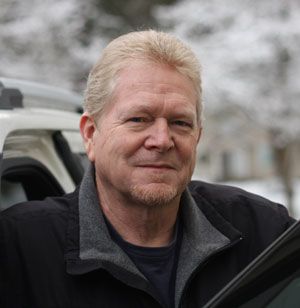When children are present
We regularly see signs posted near school zones imposing a speed limit of 20 mph “when children are present.” It sounds fairly straightforward, but the signs leave some drivers confused and wondering, for example, if the limit applies only during school hours or at all times. And another quandary often arises: Since the signs are meant to protect children attending school, do they apply during school vacations?
Doug Dahl, of the Whatcom County Traffic Safety Task Force, did some digging and may have shed some light on why many school zones are getting updated with flashing beacons instead of “when children are present” signs.
The 800-plus page Manual of Uniform Traffic Control Devices (MUTCD) gives states guidance on when, where and how to place traffic signs. When it comes to school zones, the MUTCD approves several options, including listing hours the 20 mph speed limit is in effect, a “when flashing” plaque and the “when children are present” plaque. Technically, the big rectangle with a speed limit on it is a sign and the smaller white rectangle below it is a plaque.
The MUTCD doesn’t define what “when children are present” means, but our legislators added some language in the Washington Administrative Code (WAC) to explain it. There are three situations when the plaque is in play: 1. When school children are in the school zone crosswalk. 2. When school children are waiting at the curb to cross the roadway on the crosswalk. 3. When school children are walking on the sidewalk or shoulder of the road in a school zone.
There seems to be nothing in our state’s laws that limits when the “when children are present” plaque is in effect to school days or even the school year. However, there is an optional plaque that reads “all year” implying that a school zone without the “all year” plaque is only in effect during the school year. The case for ambiguity of the message is evident.
Dahl imagines an example of another ambiguity, noting, “A realistic scenario might be a driver trying to decide, at a distance, if that young person walking down the sidewalk is still in high school and headed to class or someone who has already graduated and is walking to work.”
These are the sort of questions that have prompted many traffic engineers to switch to flashing beacons in school zones. If the sign indicates that the speed limit is 20 mph when flashing and the light is flashing, the message is clear and unambiguous.
For safety, I’d recommend driving 20 mph or slower if any child is seen near any school zone (or anywhere else, actually). Faster speeds leave less time for driver reactions, and vehicle speed is a key factor to survivability in a crash for pedestrians. The risk of a pedestrian being killed when struck by a vehicle going 25 mph doubles compared to a 20 mph hit. At 35 mph, the risk is nearly five times that of a 20 mph strike.
Given those stats, one might consider always driving slower near schools, not because the law requires it but because the small time investment (doing 20 mph instead of 25 mph for a quarter mile adds only 9 seconds to driving time) has a big payoff of reduced crash risk and higher potential pedestrian survival rates. That seems like a win-win scenario.
Readers may contact Bill Love via e-mail at precisiondriving@spokesman.com.
